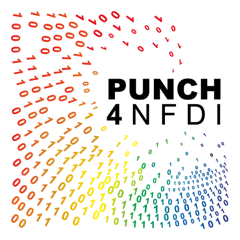Enzo is a community-developed adaptive mesh refinement simulation code, designed for rich, multi-physics hydrodynamic astrophysical calculations. It uses block-structured adaptive mesh refinement to provide high spatial and temporal resolution for modeling astrophysical fluid flows. The code is Cartesian, can be run in 1, 2, and 3 dimensions, and supports a wide variety of physics including hydrodynamics, ideal and non-ideal magnetohydrodynamics, N-body dynamics, primordial gas chemistry, optically-thin radiative cooling of primordial and metal-enriched plasmas, radiation transport, cosmological expansion, and models for star formation and feedback in a cosmological context.
Enzo webpage
Code repository: GitHub



